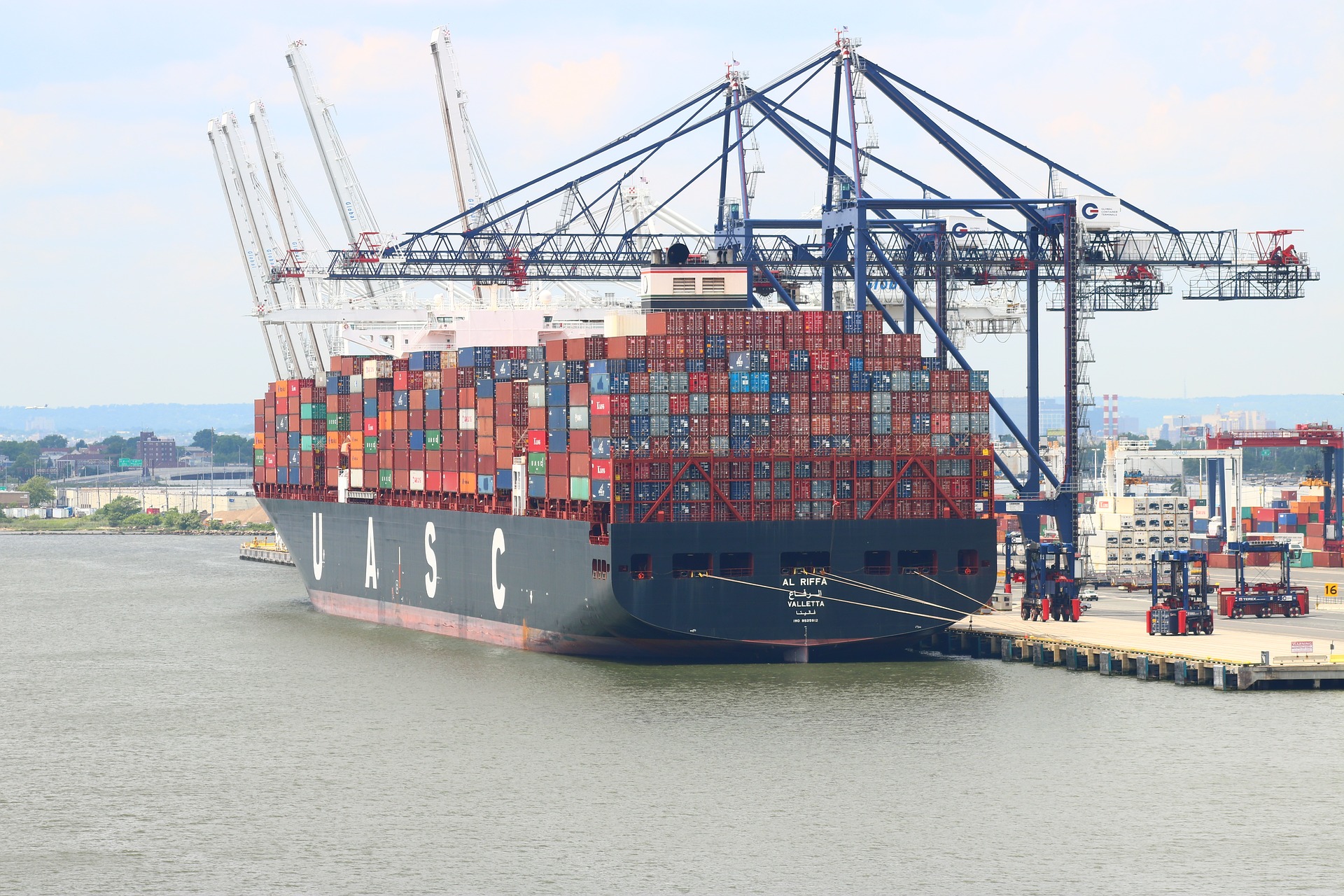CE MARKING IN
PRESSURE EQUIPMENT
The Pressure Equipment Directive 2014/68/EU (PED) was adopted into all European national pressure equipment codes and ordinances, and represents one uniform law for pressure equipment being sold in the European Community.
WHAT HAS CHANGED WITH THE NEW DIRECTIVE?
The technical file to be prepared by the manufacturer should comprise the following information and documents:
- In the new directive the conformity assessment modules have ben renamed as follows: A1 as A2, B1 as B (Design Type), B as B (Production Type) and C1 as C2.
- The “EC Declaration of Conformity” has been altered to “EU Declaration of Conformity”.
- The first section of the new directive is an introductory section. In this section, the concepts of Purpose, Scope, Basis and Definitions, Making available on the market and putting into service, Technical requirements and Free movement are clarified.
- There are new definitions such as Accreditation, CE Marking, conformity assessment, conformity assessment body, withdrawal, national accreditation body, technical requirements and Union Harmonisation Legislation.
- Group 1 fluids and their categories have been defined.
- The new directive does not only cover placing on the market, but details the market process and brings forth definitions of making available on the market, putting into service and withdrawal.
- Directive 97/23/EC required the manufacturer to carry out only hazard analysis. With the new directive, risk analysis is also compulsory for manufacturers, and the requirement is enforced as “The technical documentation shall make it possible to assess the conformity of the pressure equipment to the relevant requirements, and shall include an adequate analysis and assessment of the risk(s)”. Directive 2014/68/EU does not bring significant changes in the Essential Requirements. There are only two minor changes in the new directive. In Article 2.2.3 (b), under the calculation for pressure containment: Material Characteristics to be considered – ‘impact strength’ has been replaced by ‘bending rupture strength’, and in Article 3.3 (b) Under markings: The requirement to provide ‘the product group’ has been changed to ‘the fluid group’.
The Pressure Equipment Directive 2014/68/EU (PED) was adopted into all European national pressure equipment codes and ordinances, and represents one uniform law for pressure equipment being sold in the European Community.
The objective of the Directive is to lay down the procedures and principles for conformity with the essential requirements, classification, design, manufacturing, instalment, distribution, placing on the market, putting into service, usage, inspection and certification activities for pressure equipment with a maximum allowable pressure PS greater than 0,5 bar.
EQUIPMENT DEFINED IN THE SCOPE OF PED INCLUDE, FOR EXAMPLE
- Pressure vessels
- Heat exchangers
- Steam boilers and components
- Pressure gas cylinders
- Piping and pipelines
- Storage tanks
- Safety and pressure accessories (safety, relief valves, regulators, rupture disks, etc.)
The concept of pressure equipment also includes pipes, and piping sections and assemblies of pressure equipment with control and safety accessories, etc.
The Pressure Equipment Directive 2014/68/EU covers the essential requirements of products (general, design, manufacturing and materials).
Aspects of the design, manufacturing and testing of the equipment are the subject of a large number of harmonised standards, many of which are still in the process of being produced. These standards are defined as “harmonised” and they cover many aspects of equipment design, production and final control. In circumstances where there are no harmonised standards, manufacturers are required to operate in conformity with the essential requirements of the directive or strictly within the guidelines imposed by these standards.
The Directive defines a number of classifications for pressure equipment with related tables, based on the hazard presented (Group 1 or Group 2), maximum allowable pressure value PS and Volume (V) or Nominal Size (DN) (whichever is being used).
| Category | = | Module |
|---|---|---|
| I | = | Module A |
| II | = | Module A2, D1, E1 Module B (Design Type) + D, B (Design Type) + F, B (Production Type) + E, |
| III | = | B (Production Type) + C2, H |
| IV | = | Module B (Production Type) + D, B (Production Type) + F, G, H1 |
Assessment and conformity procedures are different for each category, ranging from self-certification in Category I, the lowest risk category (Module A) to categories II, III and IV where TS EN ISO 9001:2015 production, product and full quality assurance management (Module D/D1, E/E1, H/H1) is applied and/or examination by a notified body (Module A2, B, C2, F and G). The manufacturers can have the choice of modules within pre-determined combinations that best suit their application and manufacturing procedures. Manufacturers may choose to apply a higher Module, if applicable.
Conformity assessment procedures are defined below:
| Module A | Internal production control |
| Module A2 | Internal production control plus supervised pressure equipment checks at random intervals |
| Module B | EU-Type examination – production type EU-Type examination – design type |
| Module C2 | Conformity to type based on internal production control plus supervised pressure equipment checks at random intervals |
| Module D | Conformity to type based on quality assurance of the production process |
| Module D1 | Quality assurance of the production process |
| Module E | Conformity to type based on pressure equipment quality assurance |
| Module E1 | Quality assurance of final pressure equipment inspection and testing |
| Module F | Conformity to type based on pressure equipment verification |
| Module G | Conformity based on unit verification |
| Module H | Conformity based on full quality assurance |
| Module H1 | Conformity based on full quality assurance plus design examination |
















